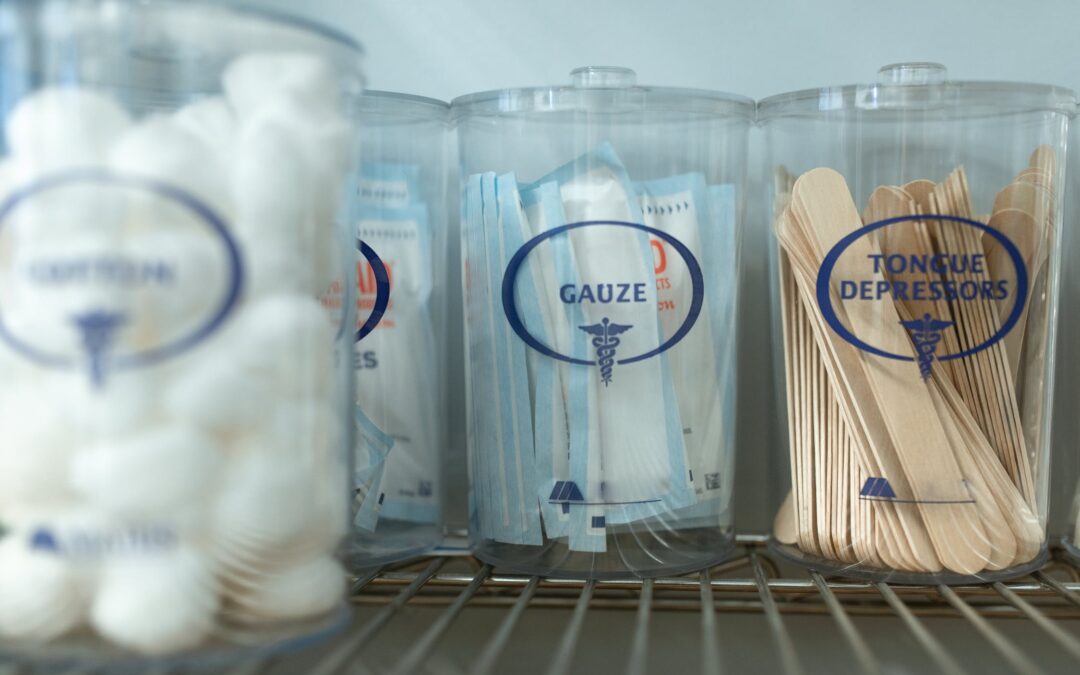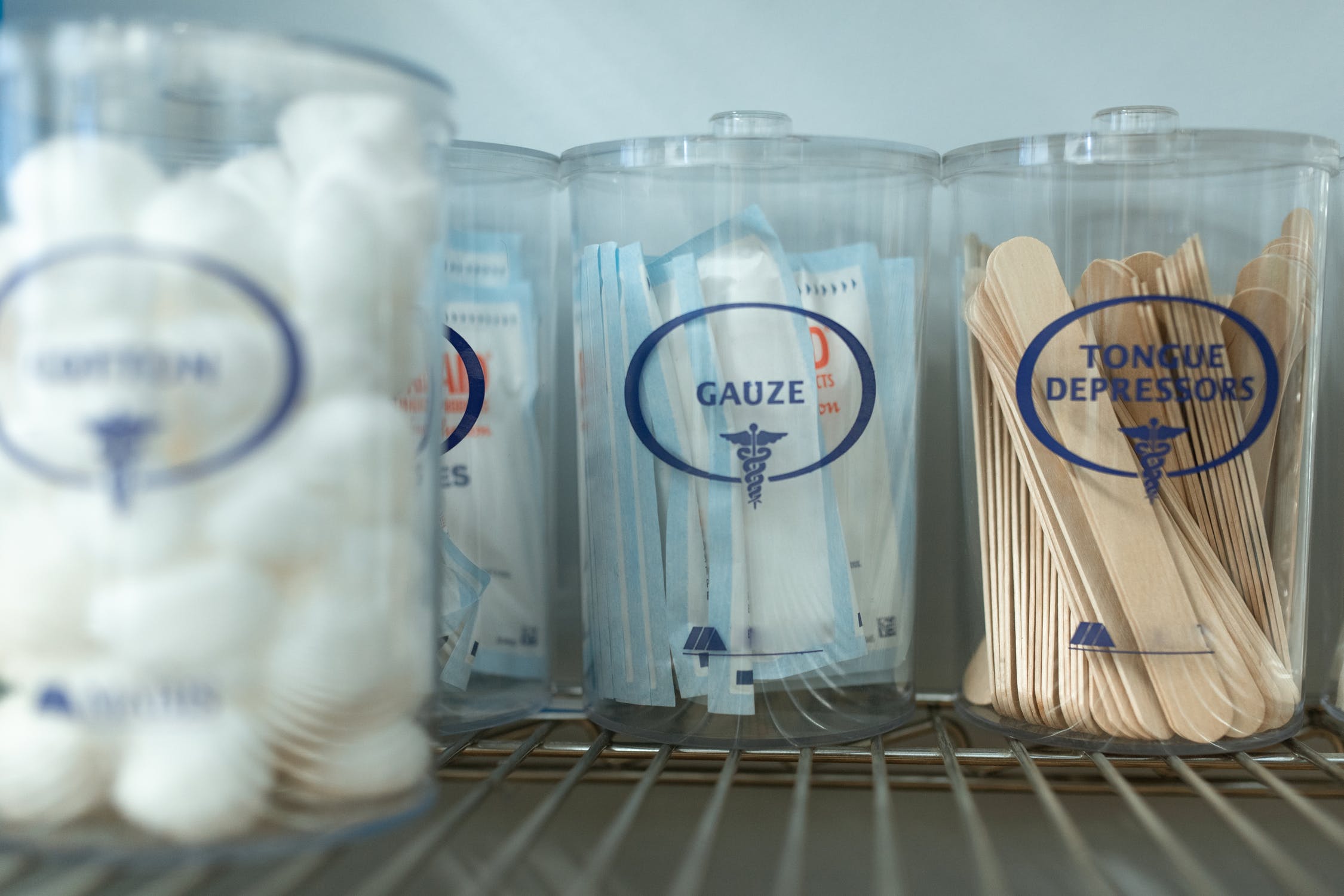Design Thinking for Healthcare Practitioners

One of the aims for Healthcare Informatics subject is to propose and design healthcare application to solve the problems in their work setting.
To address this course learning outcome, I’m using design thinking approach. Design Thinking is an iterative process in which we seek to understand the user, challenge assumptions, and redefine problems in an attempt to identify alternative strategies and solutions that might not be instantly apparent with our initial level of understanding (1). I told my students that design thinking is not exclusive to designers only. To date, many companies like Apple, Microsoft, Airbnb and Nike have applied design thinking in their projects and organization management.
According to d. school, design thinking consists of 5 stages; empathy, define, ideate, prototype and testing. These stages are iterative. When I do design thinking with students, I have some challenge to guide them from falling into schematic thinking. Humans naturally develop patterns of thinking modeled on repetitive activities and commonly accessed knowledge. These assist us in quickly applying the same actions and knowledge in similar or familiar situations, but they also have the potential to prevent us from quickly and easily accessing or developing new ways of seeing, understanding and solving problems.For example, in the class, when the students discovered some interesting issues of concern that needs to be solved, they quickly jumped into giving some recommendations. the recommendation sometimes are too obvious. It prevent them from seeing a problem in a way that will enable a new problem-solving strategy. Innovative problem solving is also known as “thinking outside of the box”.
Some examples of how design thinking approach is used in research in hospitals are as below:
- A design thinking approach was used by a group of researchers at McGill University in Montreal, who found that the closer a sink was to a patient with Clostridium difficile, a hard to treat and highly contagious hospital infection, the more likely hospital workers were to wash their hands after seeing the patient.
- An application called Nightscout, was designed to monitor patient’s glucose and transmits digital readings to the cloud, where they can be easily accessed through a phone, tablet or smartwatch to ultimately guide clinical decisions in real time.
- In 2019, a group of researchers from UTM designed a prototype to allow TB patients to have a remote treatment throught VDOT apps.
Apart from the published research, my MBA students have come up with many interesting solutions that waiting to be implemented such as on navigation apps for hospitals, apps for monitoring diabetic mother during pregnancy, remote appointment and improving Covid-19 quarantine experience.
My HI class only runs in one month duration, giving the students a crash course on design thinking. But if they do it well, it will help to foster simple innovations through design thinking in hospital. Thus, can help to tackle many challenges in the hospital in new ways, saving both money and lives!




0 Comments